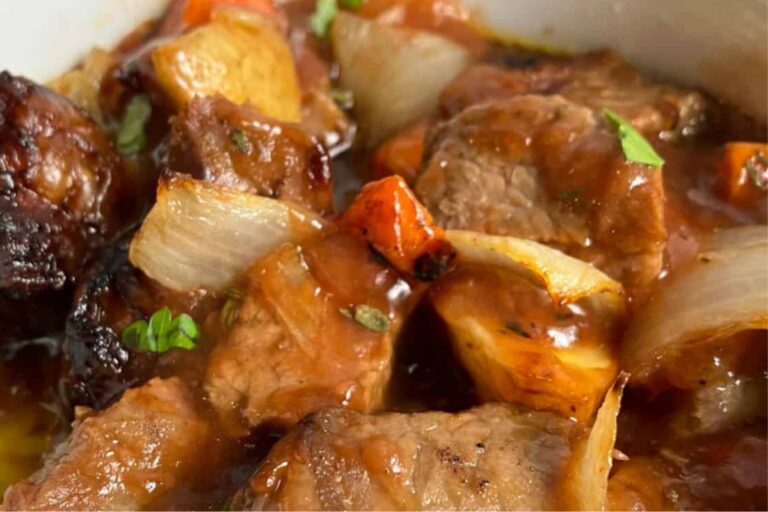Top 15 Protein-Packed Nuts You Should Snack on Every Day
Nuts are a convenient and tasty way to add more protein to your diet, especially if you’re looking for plant-based options. Protein is essential for muscle repair, maintaining healthy tissues, and keeping you full throughout the day. Whether you’re on the go or simply looking for a nutritious snack, nuts are a great choice.
But not all nuts are created equal when it comes to protein content. Below is a list of the 15 highest-protein nuts you can snack on daily, making it easier to get your protein fix while enjoying delicious flavors.
Almonds
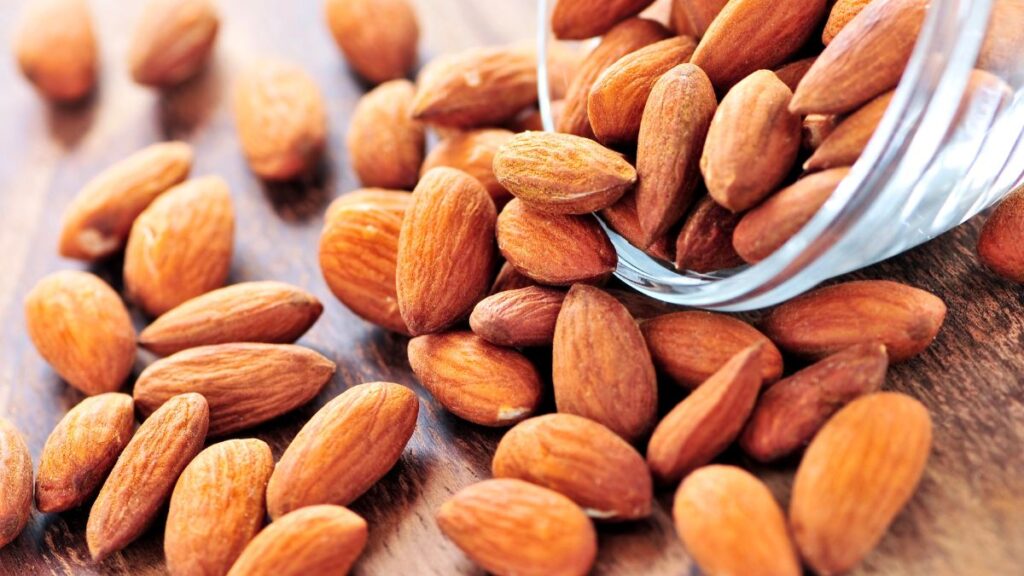
Almonds are one of the most popular nuts for good reason—they’re packed with protein, offering about 6 grams per ounce. Beyond protein, almonds are also high in vitamin E, which is great for skin health, and fiber, which helps with digestion. Eating a handful of almonds as a snack can help you feel full longer, making it a great option for weight management.
They’re versatile, too—you can eat them raw, roasted, or even in almond butter form. Almonds are also lower in calories than many other nuts, making them an ideal choice for those watching their caloric intake.
Peanuts

Technically a legume, peanuts are often grouped with nuts and boast an impressive protein content—around 7 grams per ounce. Peanuts are rich in healthy fats and provide a good source of magnesium, which is essential for muscle function and heart health.
Many people enjoy peanut butter as a spread, but whole peanuts make a convenient, high-protein snack. Roasted or salted, they can be enjoyed on their own or added to trail mixes for an energy boost. Just be mindful of portion sizes, as peanuts can be high in calories if eaten in large amounts.
Pistachios
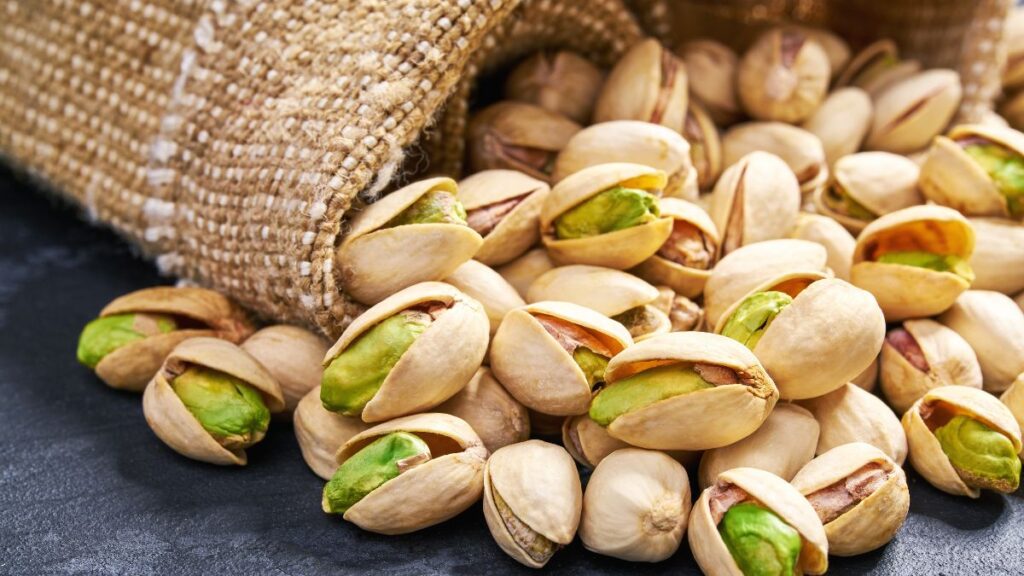
Pistachios are not only delicious but also high in protein, offering around 6 grams per ounce. These vibrant green nuts are a great source of antioxidants, which help protect your cells from damage. One of the best things about pistachios is that you can eat a large handful (about 49 nuts) for just one serving, making them a satisfying snack option.
Pistachios are also rich in fiber, which helps keep your digestive system running smoothly. Opt for unsalted pistachios to keep your sodium intake in check while enjoying their natural flavors.
Cashews
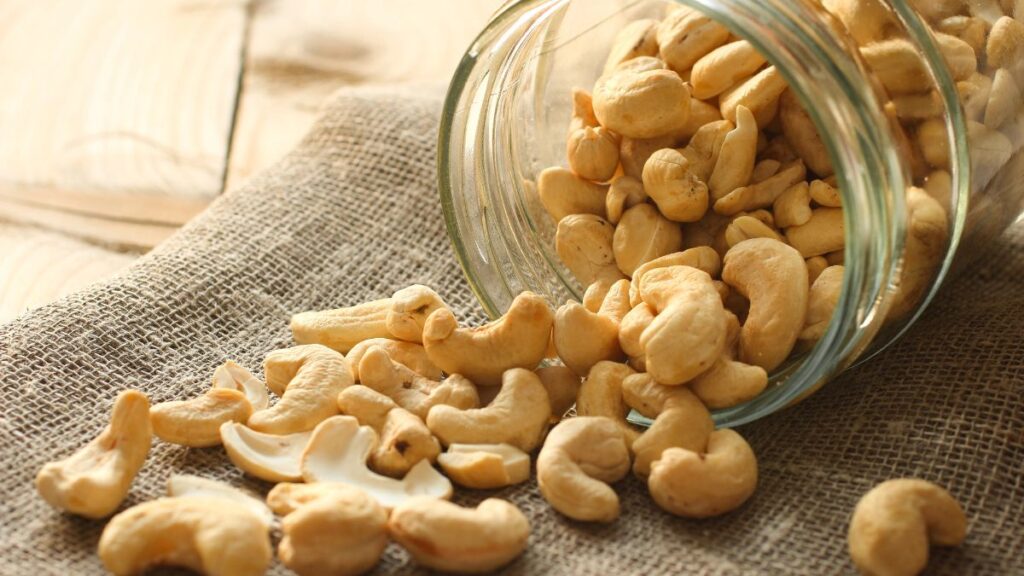
Cashews are slightly lower in protein than some other nuts, providing around 5 grams per ounce, but they’re still a great choice for a healthy snack. These creamy nuts are also rich in iron, which is important for maintaining healthy blood and energy levels.
Cashews are versatile—they can be eaten raw, roasted, or blended into creamy sauces for dairy-free cooking. While they are lower in fiber compared to other nuts, their smooth texture and subtle flavor make them a favorite for many people. Just remember to watch portion sizes, as cashews are high in healthy fats and can be calorie-dense.
Walnuts
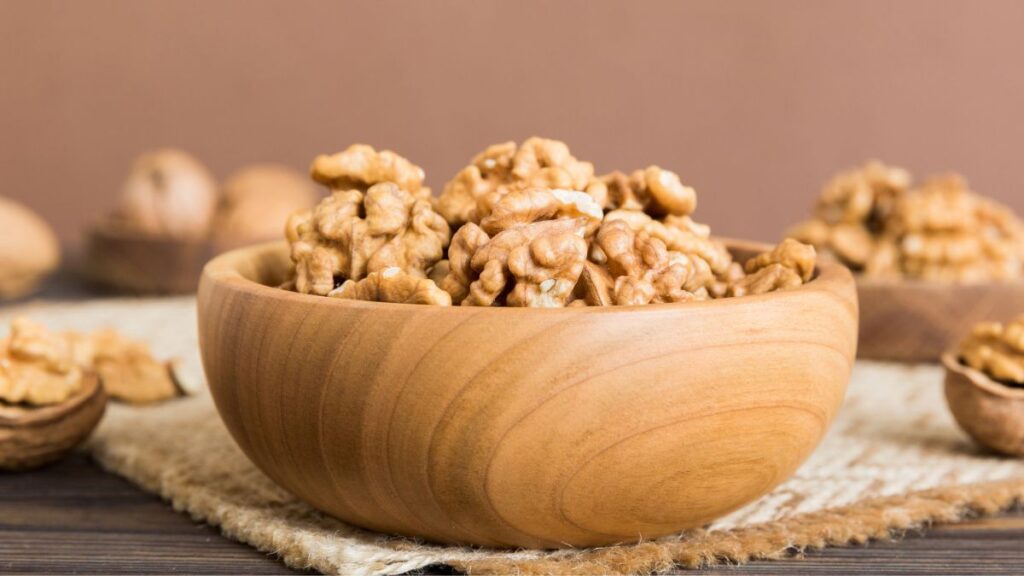
Walnuts offer around 4.5 grams of protein per ounce and are also known for their high content of omega-3 fatty acids, which are beneficial for heart health. These brain-shaped nuts have been linked to improved cognitive function, making them a smart snack choice.
Their slightly bitter, earthy taste makes them a great addition to salads, oatmeal, or baked goods. Walnuts are also rich in antioxidants, which help fight inflammation in the body. Enjoy a handful of walnuts daily for a brain-boosting, protein-rich snack that also supports heart health.
Brazil Nuts
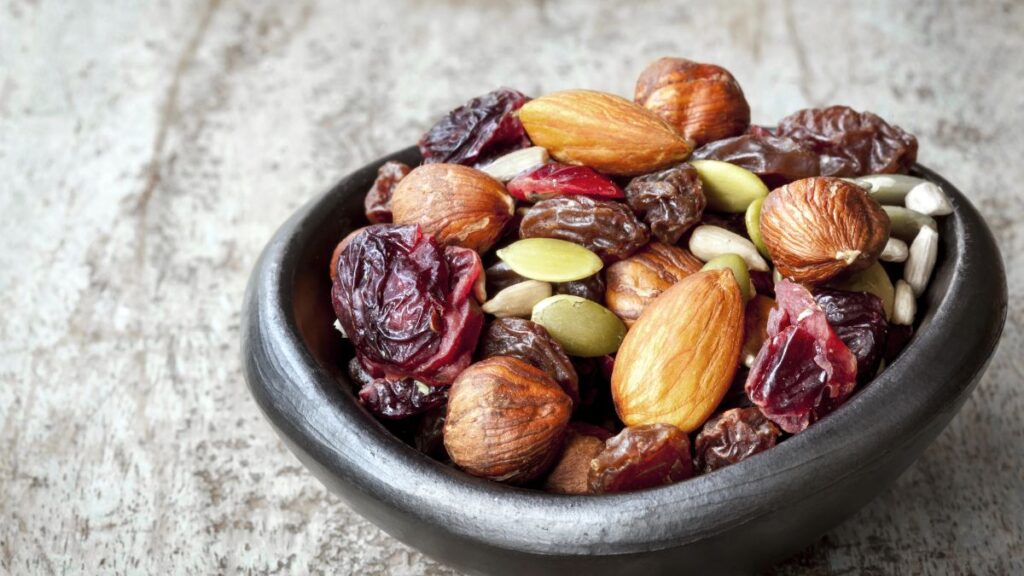
Brazil nuts are famous for their selenium content, a mineral that supports thyroid function and boosts the immune system. They also provide a solid amount of protein, with about 4 grams per ounce. While Brazil nuts are larger and more calorie-dense than some other nuts, you only need a few to reap their nutritional benefits.
Eating just one or two Brazil nuts a day is enough to meet your daily selenium needs, but be mindful not to overconsume them. Their smooth, rich texture makes them an indulgent and satisfying snack.
Hazelnuts
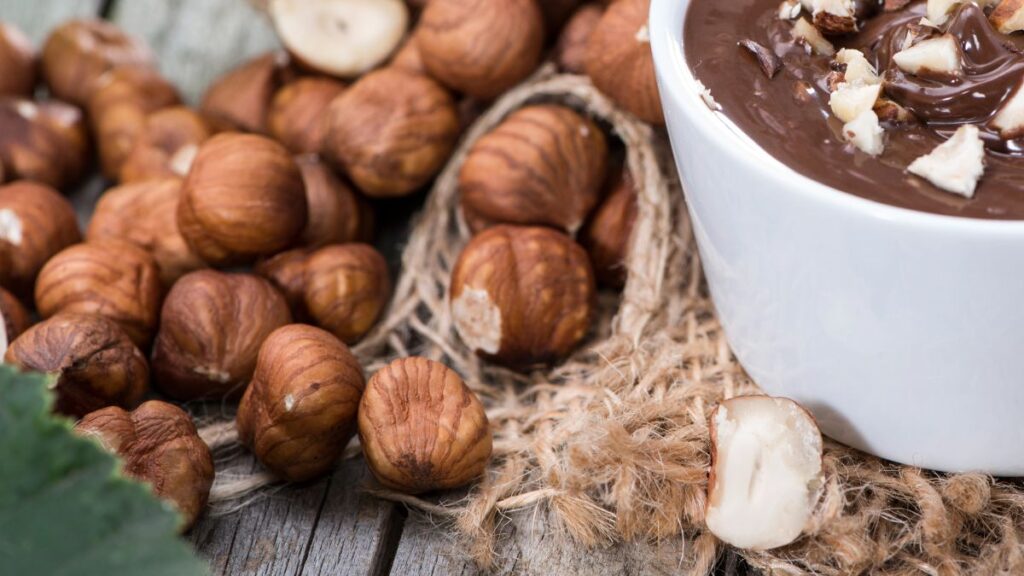
Hazelnuts contain about 4 grams of protein per ounce and are packed with heart-healthy fats. These sweet, crunchy nuts are often associated with chocolate spreads, but they’re just as delicious on their own. Hazelnuts are also high in vitamin E, which helps support skin health and protects your cells from oxidative stress.
Whether eaten raw, roasted, or blended into hazelnut butter, they’re a versatile snack option. Add them to your diet if you’re looking for a protein boost with the added benefits of antioxidants and healthy fats.
Pecans
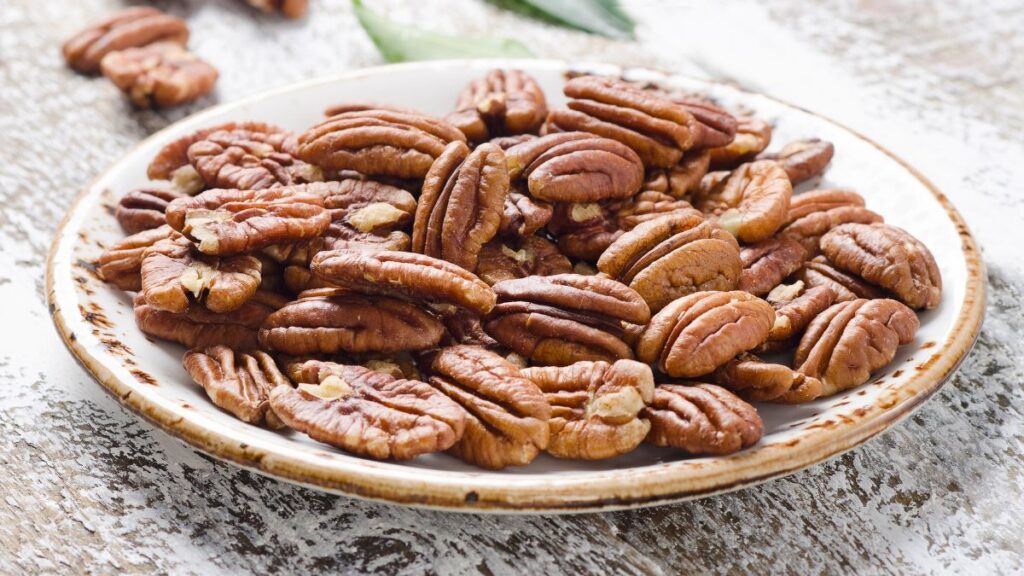
Pecans may not be the highest in protein, with about 3 grams per ounce, but they’re still a great source of healthy fats and essential minerals. Pecans are rich in manganese, which is important for bone health and metabolism. Their naturally sweet and buttery flavor makes them a popular choice for desserts, but they’re just as tasty in savory dishes.
Although pecans are lower in protein compared to other nuts, they provide a good balance of nutrients and can still contribute to your daily intake. Try adding them to salads or snacking on them raw for a satisfying treat.
Macadamia Nuts

Macadamia nuts are known for their creamy texture and rich flavor, but they also offer around 2 grams of protein per ounce. While they may not be as protein-packed as some other nuts, they make up for it with their high content of healthy monounsaturated fats.
These fats are great for heart health and can help lower cholesterol levels. Macadamias are also a good source of fiber, which aids digestion and helps you feel full longer. Enjoy them in moderation, as they are one of the higher-calorie nuts.
Pine Nuts
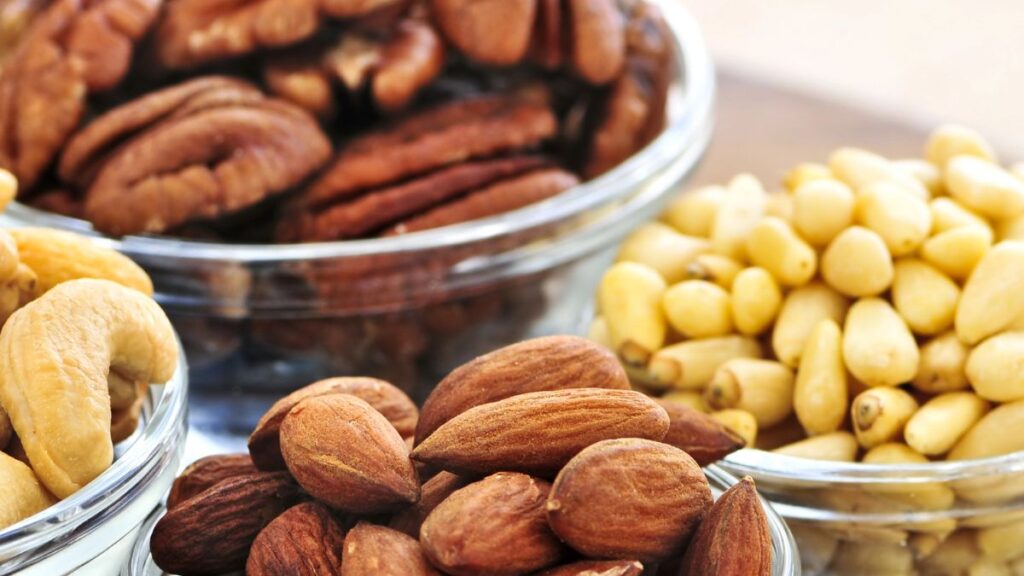
Pine nuts, often used in pesto, are a good source of protein with about 4 grams per ounce. These small, buttery nuts are rich in magnesium, which supports energy production and muscle function. Pine nuts are also loaded with antioxidants, which help reduce inflammation in the body.
Although they are more expensive than some other nuts, they are worth incorporating into your diet for their unique flavor and nutritional benefits. Sprinkle pine nuts over salads or pasta dishes for a delicious, protein-rich crunch.
Chestnuts

Chestnuts are lower in fat than most nuts and offer about 2 grams of protein per ounce. These starchy nuts are higher in carbohydrates but provide a good source of fiber and essential vitamins like vitamin C.
Chestnuts are often enjoyed roasted, particularly during the winter months, but they can also be boiled or mashed for a unique twist on side dishes. Their slightly sweet flavor makes them a versatile addition to both sweet and savory recipes. While they are lower in protein, chestnuts are a great option for those looking for a low-fat, fiber-rich snack.
Chia Seeds
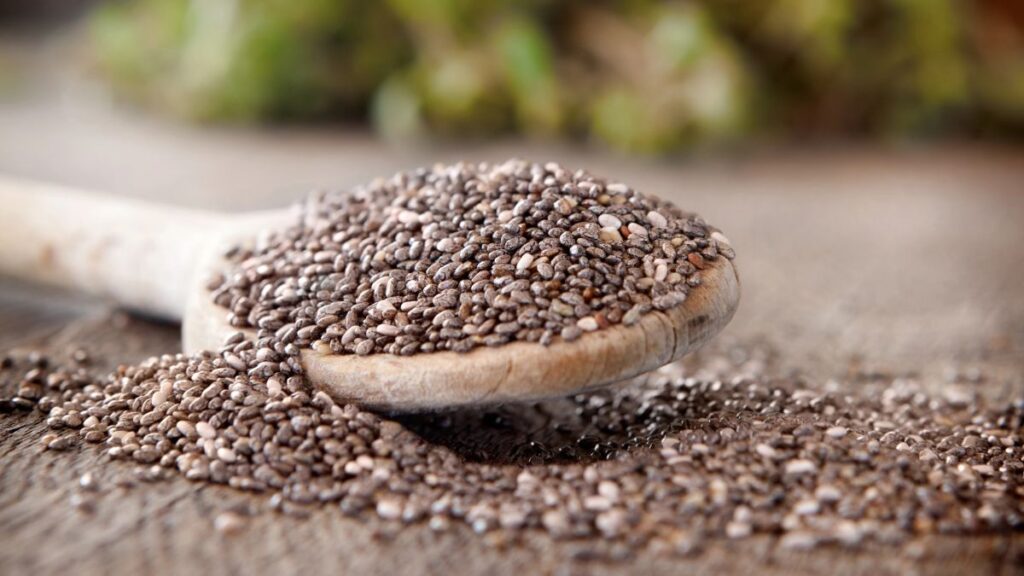
While not technically a nut, chia seeds are often included in the same category due to their high protein content. Just 2 tablespoons of chia seeds offer around 4 grams of protein, making them a powerful addition to your diet. Chia seeds are also loaded with omega-3 fatty acids, fiber, and antioxidants, making them a well-rounded superfood.
They can be added to smoothies, oatmeal, or yogurt for an easy protein boost. Their ability to absorb liquid and form a gel-like consistency also makes them popular in puddings and baked goods.
Sunflower Seeds
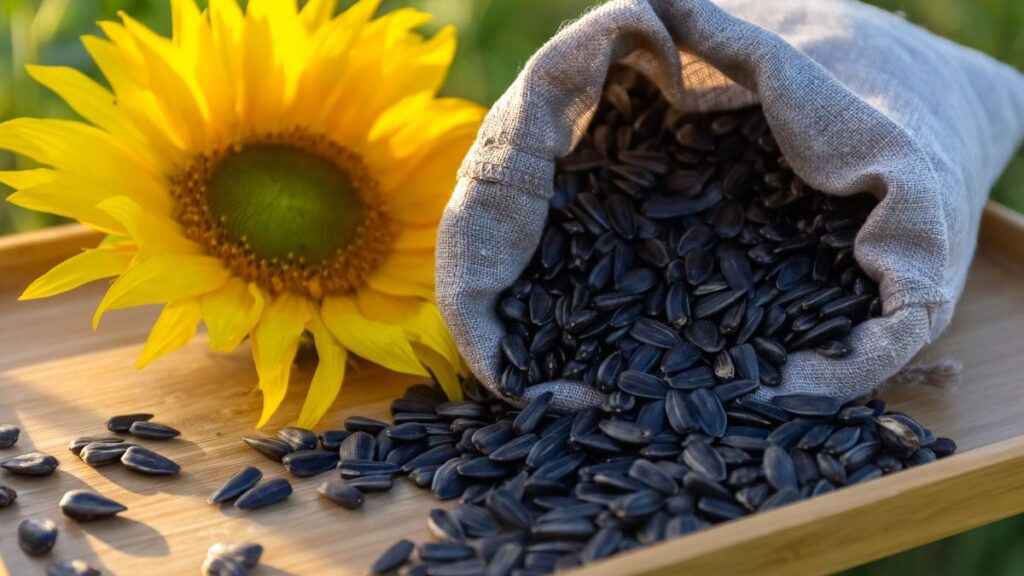
Sunflower seeds, while not a nut, are another excellent source of plant-based protein, providing around 5 grams per ounce. These seeds are also packed with vitamin E and magnesium, which help support muscle function and reduce inflammation. Sunflower seeds can be eaten on their own as a crunchy snack or added to salads, yogurt, or granola.
They are also available in sunflower butter form, which is a great peanut-free alternative for those with allergies. Enjoy them salted, roasted, or raw for a protein-rich snack that’s full of flavor.
Flaxseeds
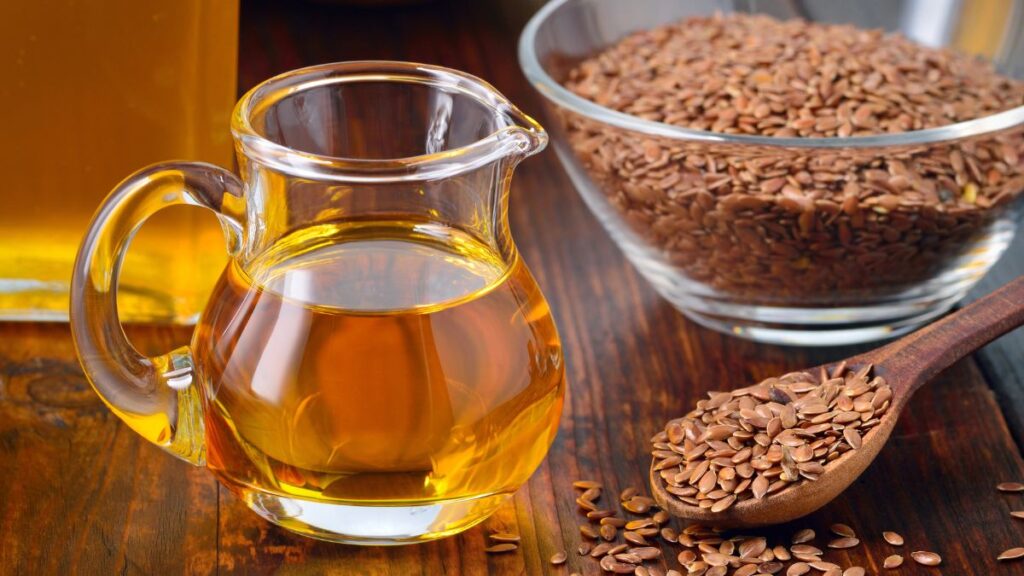
Like chia seeds, flaxseeds are not technically nuts but are often grouped with them due to their high nutritional value. Flaxseeds provide about 3 grams of protein per tablespoon and are a rich source of omega-3 fatty acids and fiber.
These tiny seeds are best consumed ground, as whole flaxseeds can pass through your digestive system without being fully absorbed. Add ground flaxseeds to smoothies, oatmeal, or baked goods for an easy way to increase your protein intake. Their nutty flavor pairs well with a variety of dishes, making them a versatile addition to any diet.
Hemp Seeds
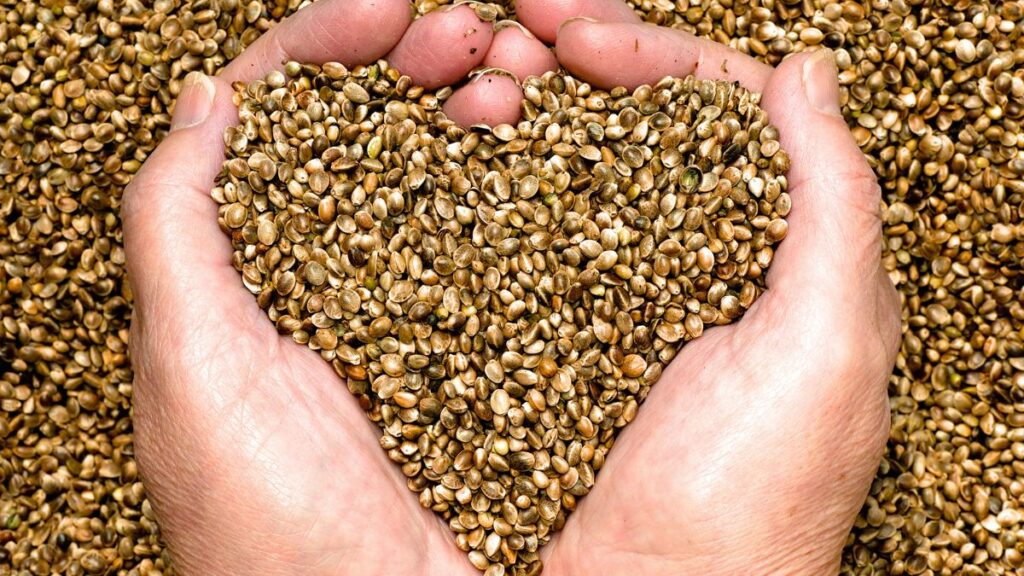
Hemp seeds are another nutrient-dense option that often gets grouped with nuts due to their high protein content—about 10 grams per ounce. These seeds are packed with omega-3 and omega-6 fatty acids, making them great for heart health. Hemp seeds are also a complete protein, meaning they contain all nine essential amino acids.
They have a mild, nutty flavor and can be sprinkled over salads, added to smoothies, or mixed into yogurt for an extra protein boost. If you’re looking for one of the highest-protein options, hemp seeds are a fantastic choice for daily snacking.
15 Grocery Items to Stock Up On Before Winter Price Hikes

As winter draws near, temperatures rise, as do grocery prices. The colder months often bring higher food costs due to increased demand, supply chain challenges, and seasonal shortages. To avoid the shock of winter price hikes, stock up on certain pantry staples and essential items.
15 Grocery Items to Stock Up On Before Winter Price Hikes
15 Places Where You’re Expected to Tip—But You Really Don’t Have To

Tipping has become a widespread practice in many industries, with the expectation that you’ll leave a little extra for good service. However, not every situation truly warrants a tip, even if you feel pressured to give one.
15 Places Where You’re Expected to Tip—But You Really Don’t Have To





